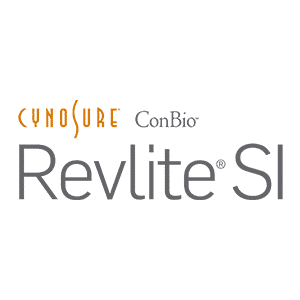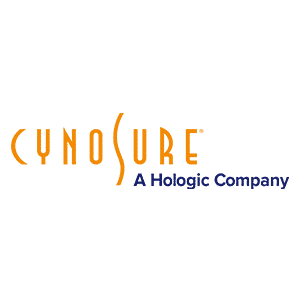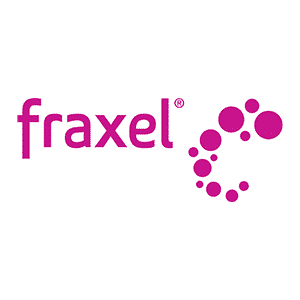Stretch marks are scars that develop beneath the surface of the skin, in the dermis layer, which cause discoloured marks to appear on the skin. Affecting a vast majority of society during various stages of life, they are common enough that almost everyone will experience stretch marks at some point in their lives. While stretch marks are completely harmless, they can be off-putting, particularly when they show up on readily visible areas of the body, and can lead to self-esteem issues, particularly among teenagers who are prone to stretch marks as their bodies undergo puberty.
Unfortunately, stretch marks are difficult to eliminate entirely, though there are a number of options available for people in diminishing their visibility.
Where do stretch marks occur on the body primarily?
Stretch marks mostly occur on specific areas of the body. Resulting from a quick stretching of the skin, they are most likely to develop in pregnant women, people undergoing puberty, overweight individuals, and rapid gain or weight loss. Once the dermis – layer of the skin controlling its shape – becomes stretched, they begin to form stretch marks.
Areas of the body which get affected most by this process are those in which there is an excess of fat stored. These include areas such as the upper and under arms, back, thighs, breasts, abdomen, hips and the butt.
Stretch mark Facts
People suffering with stretch marks are often misguided in what they should be doing to deal with them, leading to actions which do little to help with actual alleviation of stretch mark visibility. Below are seven key facts about stretch marks that can help you understand, and efficiently deal with, this condition more effectively.
- Stretch marks develop inside the skin, not on the outside: A stretched dermis – the middle layer of the skin – is the primary cause for the development of stretch marks. It is in this layer where the fiber and collagen are also manufactured. These two components make your skin appear smooth and elastic. Once these fibers are stretched, they end up breaking and producing stretch marks;
- Stretch marks are scars: As a scar, stretch marks can be treated with oils that are used for other scarring; the difference, however, is that stretch marks are caused within the skin and not on the surface like other forms of scarring. This can make natural treatments for scarring less effective than they otherwise would be;
- Stretch marks can be reduced with muscle training: Working on your muscles in areas which could be affected by stretch marks can be an effective means of prevention and reduction. Muscle toning reduces fat, which can improve the appearance of the areas significantly;
- Stretch marks among women are highly prevalent: Up to 70% of teenage girls will develop stretch marks; this figure rises to 90% for all women during their lifetime;
- Most people will get stretch marks during their life: Stretch marks are usually associated with women, but they are just as prevalent in men. It is true that most women will end up having some form of stretch marks, as a result of pregnancy in particular, but even males develop stretch marks as they undergo puberty or suffer with obesity at any stage during their life;
- Stretch marks occur at any and every stage of life: While most women will develop stretch marks during pregnancy, they will occur at any point that people undergo drastic weight gain or loss;
- Stretch marks treatment options are varied: Stretch mark treatments can involve a range of treatments that are both surgical and non-invasive. These can include laser therapy, dermabrasion, and chemical peels among other options.
Stretch mark Myths
- Stretch marks can be removed by tanning: While it is true that tanning can cover up the appearance of some stretch marks, it does little to remove them. In fact, the appearance of white stretch marks can be exacerbated through tanning;
- Stretch marks can be removed entirely: While treatments can help to fade out the appearance of stretch marks, they cannot be removed entirely as they don’t develop on the surface of the skin, but in the middle ‘dermis’ layer;
- A healthy diet with lots of water intake has no effect on stretch marks: Water, and good hydration, can improve the elasticity of the skin, which helps to prevent the formation of stretch marks. Similarly, diets that are rich in vitamins, protein and zinc act to promote the production of collagen, which helps with tightening the firmness of the skin;
- Stretch marks can only be caused by the stretching of skin: While skin stretching is the most common cause of stretch marks, hormonal changes can severely impact it by decreasing the amount of fibers and collagen in the dermis, making your more susceptible to stretch marks. Naturally, these hormonal changes typically occur during pregnancy, weight gain or loss, and even bodybuilding;
- Losing weight can help you eliminate stretch marks: This is a very common misconception about stretch marks. As we’ve seen, stretch marks are scars on the dermis layer of the skin, meaning that any weight loss will have little to no impact on this layer;
- Thin people don’t develop stretch marks: As with the above myth, the same principle applies. Since stretch marks occur on the dermis layer of the skin, factors which cause stretch marks are still just as likely to show up in slimmer people. For example, hormonal changes during puberty can result in stretch marks in people that are relatively thin.
Stretch mark Treatments
Laser Treatments
Laser treatments are a common way of helping people deal with stretch marks. Generally speaking, laser treatments are reserved for people who have persistent, highly visible stretch marks that aren’t likely to diminish. In other words, teenagers who get stretch marks should opt for other treatment options, as their stretch marks are likely to diminish with time as their body develops.
Laser treatments work by creating abrasions in the skin in order to prompt the body into producing collagen. Laser treatments are an invasive treatment option, and will result in some discomfort and pain.
Microdermabrasion
Microdermabrasion is another means to helping people deal with stretch marks, using a device to administer crystals onto the skin. The crystals act to varnish the skin, allowing for a suction tube to hoover up the crystals and remove affected skin cells. Microdermabrasion is often used for older stretch marks, as it primarily removes the top layer of the skin.
Creams
Creams, and other oils that are administered on the skin, are not particularly effective at removing the appearance of stretch marks. While they can be used to improve the quality of your skin – useful for prevention – they won’t provide a solution for dealing with existing stretch marks.
If you believe that laser treatments or other procedures like microdermabrasion can help you manage and lessen the visibility of your stretch marks, feel free to speak to one of our experienced specialists at a Collins Cosmetic Clinic for further consultation and advice.













